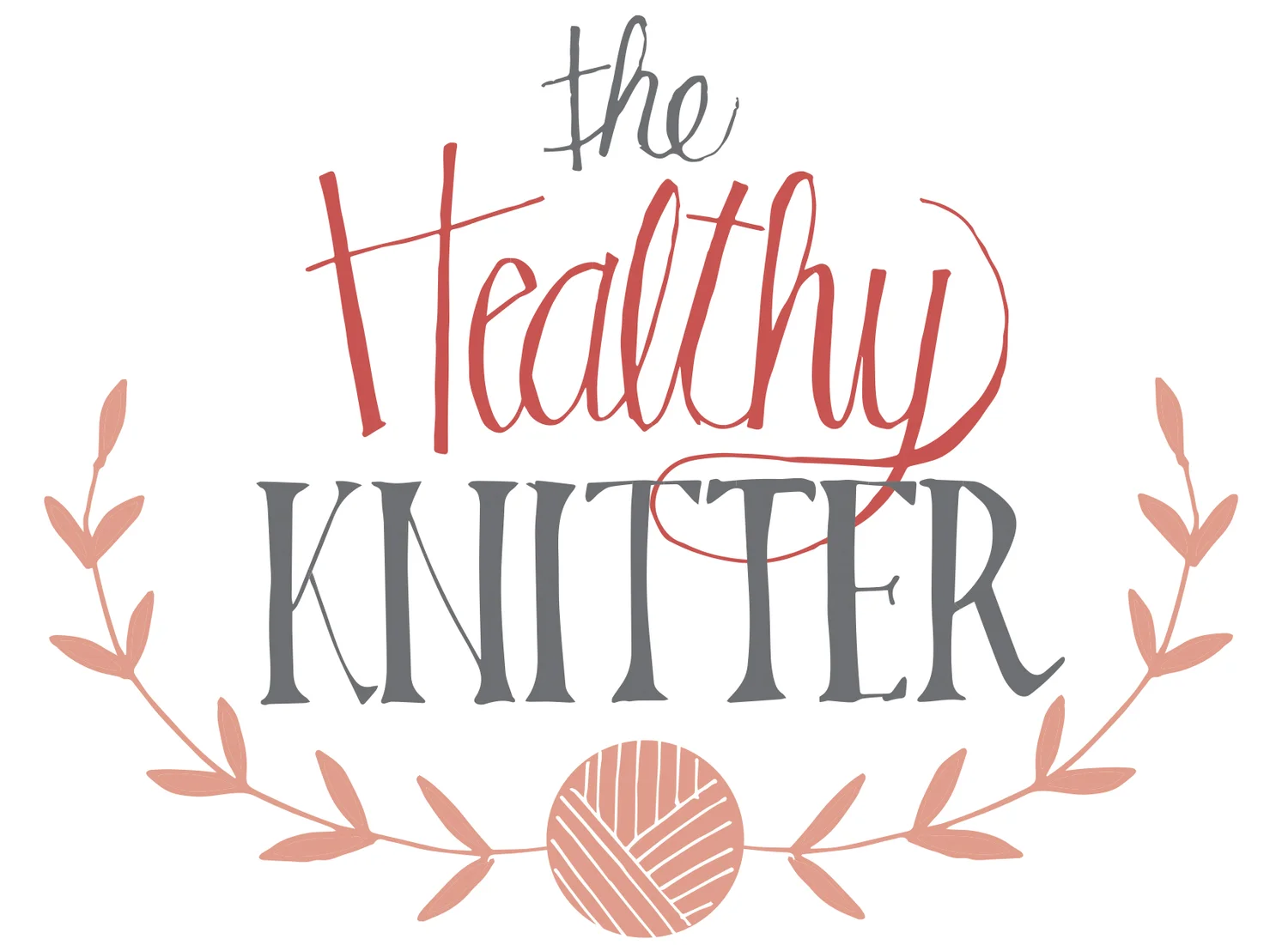“Lichens are a couple in which the whole is more than the sum of its parts.”
Green, orange, white…
The union of a fungus and an algae… to become one being yet two separate parts.
It’s not a new being yet nor is it just a collective new name for these joint entities.
It’s a relationship entered into for survival for mutual benefit…
providing nutrients to one another…
when one cannot exist alone.
The lichen is not parasitic in the fact that it does not consume one part at the expense of another; rather it enters into a relationship… one part provides vital minerals, the other the sugar. They are not plants, nor flowers or mosses… they are lichens.
It is thought that 6% of the Earth is covered with lichens and that over 20,000 species exist. They are thought to be some of the longest living creatures on the planet. These resilient beings can survive in the coldest and hottest environments and regenerate oxygen from carbon dioxide. Plus, they retain environmental pollutants further protecting the planet from toxins…
Co-existing in the harshest environments and the most precarious of places…
Lichens in the winter, Maine. Image used with permission, Mary Jane Mucklestone.
Lichens as peace. Two beings, oh so different, they even come from different Kingdoms, yet they don’t just co-exist, they thrive.
Oh, the lessons available to us from nature.
Reciprocity… the Earth provides for us and we are here to be good stewards of the land.
A mutual relationship…
“Undaunted, lichens volunteered to put down roots and homestead stone - metaphorically, of course, since they have no roots. This is an asset when there is no soil. Lichens have no roots, no leaves, no flowers. They are life at its most basic.”
Sweet lichens and buttercups, Cordova, AK
Daily peace tip #19
Look for lichens today! Lichens are an example of peace… surviving and perhaps thriving in the given environment.
Where do you spy lichens?
My other favorite book from this year is called “Braiding Sweetgrass” by Robin Wall Kimmerer. It’s so good I began pacing myself and savoring each chapter not wanting the book to end. This book is peace AND hope. The main theme is “reciprocity.” With all the reading I did this year about the food system, the climate crisis and the despair I would feel, I would return to this book. If you do nothing else as a result of Project Peace… read this book.
Resources: The Hidden Forest and Wikipedia






